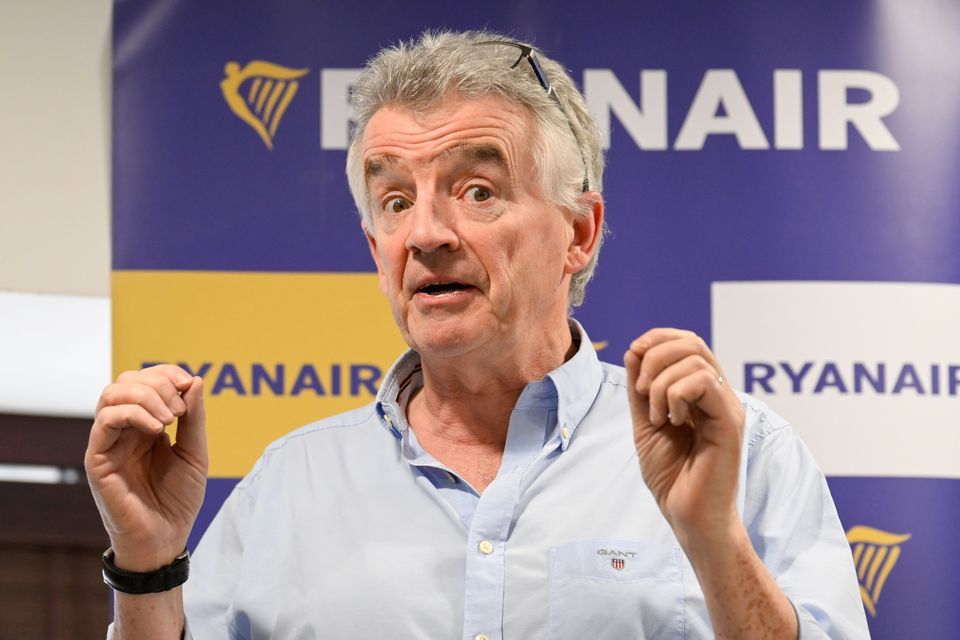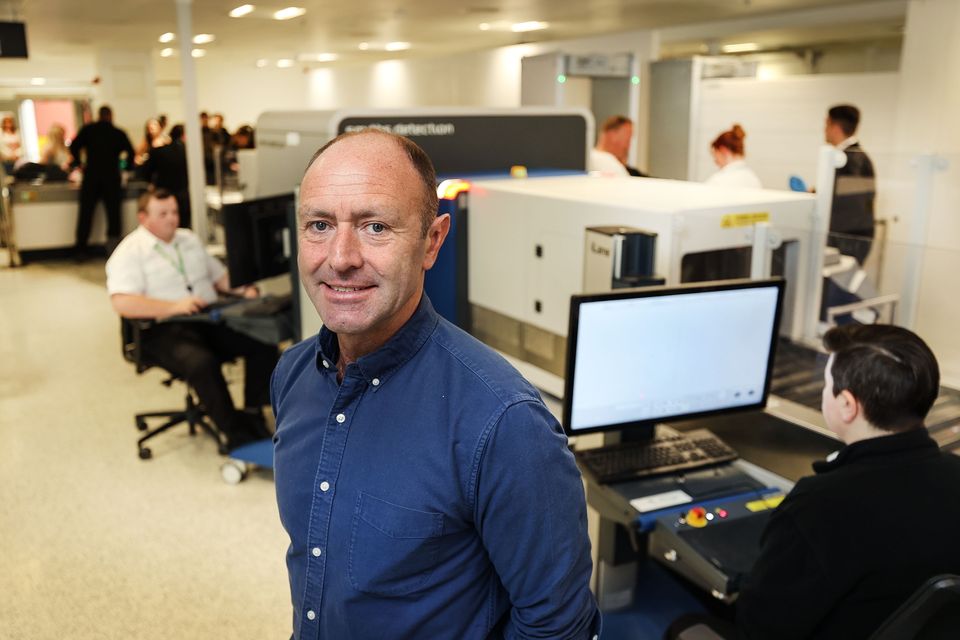Ryanair’s Michael O’Leary predicts air fares will be lower than expected this summer
Comment leads to immediate dip in the share price of Ryanair and other European airlines


Ryanair’s Michael O’Leary has said air fares will be lower than previously estimated this summer, prompting an immediate fall in the airline’s share price today.
At a press conference in Brussels, Mr O’Leary revealed that ticket prices were not increasing as fast as had been expected, which was “surprising”.
He said: “Looking at summer – we thought pricing would be up 5pc to 10pc. We’re heading to flat (pricing) to 5pc up, which is surprising with a lot of the Airbus fleet grounded for maintenance.”
Shares in Ryanair fell by 7.7pc, while the stock of easyJet, Lufthansa and Wizz Air also dipped slightly after the comments were reported.
Mr O’Leary had previously predicted that average fares could rise by up to 10pc this summer as the number of available aircraft would mean European airlines could struggle to meet demand for travel during the peak season.
Meanwhile the Irish Aviation Authority (IAA) has imposed a capacity limit of 14.4 million seats at Dublin Airport for the next winter season, which will run from October 24 to March 29 of next year.
The limit, which applies to all passenger services using Terminal 1 or Terminal 2, has been put in place to take account of the 32 million annual passenger cap at the airport imposed by planning conditions. Airlines will not be given individual quotas.
The IAA said it got around 70 submissions about its draft decision on the proposed seasonal seat cap. Airlines made the case that the planning conditions were not a relevant constraint, and the proposal of a 14.4 million seat cap was overly conservative.
Local residents argued the planning condition was relevant, but felt the IAA’s proposal was too generous.
The authority said that, having considered the responses, it decided not to change its draft decision.
Responding to the announcement, the Dublin Airport Authority (DAA) said it welcomed the IAA’s decision to establish a seat-cap parameter for airlines granted slots to fly into the airport during the winter season, as part of efforts to comply with the 32 million passenger cap.
“However, DAA believes there continues to be a significant risk that passenger numbers in 2024 will exceed the 32 million cap, as additional measures DAA proposed have not been accepted by the regulator in its final decision,” it said.
Kenny Jacobs, the agency’s CEO, said Dublin Airport was currently caught between a rock and a hard place.
“We want to continue to connect Ireland with the world, but we are also trying to comply with a planning condition, even if the condition is less relevant than when decided almost 20 years ago. Pending the approval of our application to increase our passenger numbers to 40 million a year, we are making every effort to restrict growth to stay within the cap.
“The IAA has an important role in supporting this as it controls how many slots are allocated to airlines every year. At this stage, more action is necessary and we will work with the IAA and airlines so any reductions are well managed.”
DAA chief executive Kenny Jacobs. Photo: Gerry Mooney
The DAA has said that in order to comply with the passenger cap, it has taken away significant growth incentives for airlines, is proposing to reduce unscheduled flights, and has asked some charter carriers to fly to airports other than Dublin.
The operator has told the IAA a final decision on its application to Fingal County Council to increase the passenger cap to 40 million a year, which was submitted last December, is unlikely to be available this year or next.
The IAA does not accept it has a role in making sure the 32 million passenger limit is obeyed. It says while the number of aircraft movements can be limited, the coordination parameters on their own cannot deliver a specific passenger volume over a calendar year.
“The proposed passenger air traffic movement seat cap is a capacity parameter which is the closest proxy available for a passenger limitation,” it said.
Only 5pc of Dublin Airport’s passengers did not use Terminal 1 or 2 last year, according to DAA statistics. The remainder includes cargo and general aviation operations.
The DAA expects a loss of 249,000 transit passengers in 2024, which will reduce by about 0.7pc the proportion of all passengers not using either Terminal 1 or 2.
Join the Irish Independent WhatsApp channel
Stay up to date with all the latest news

















